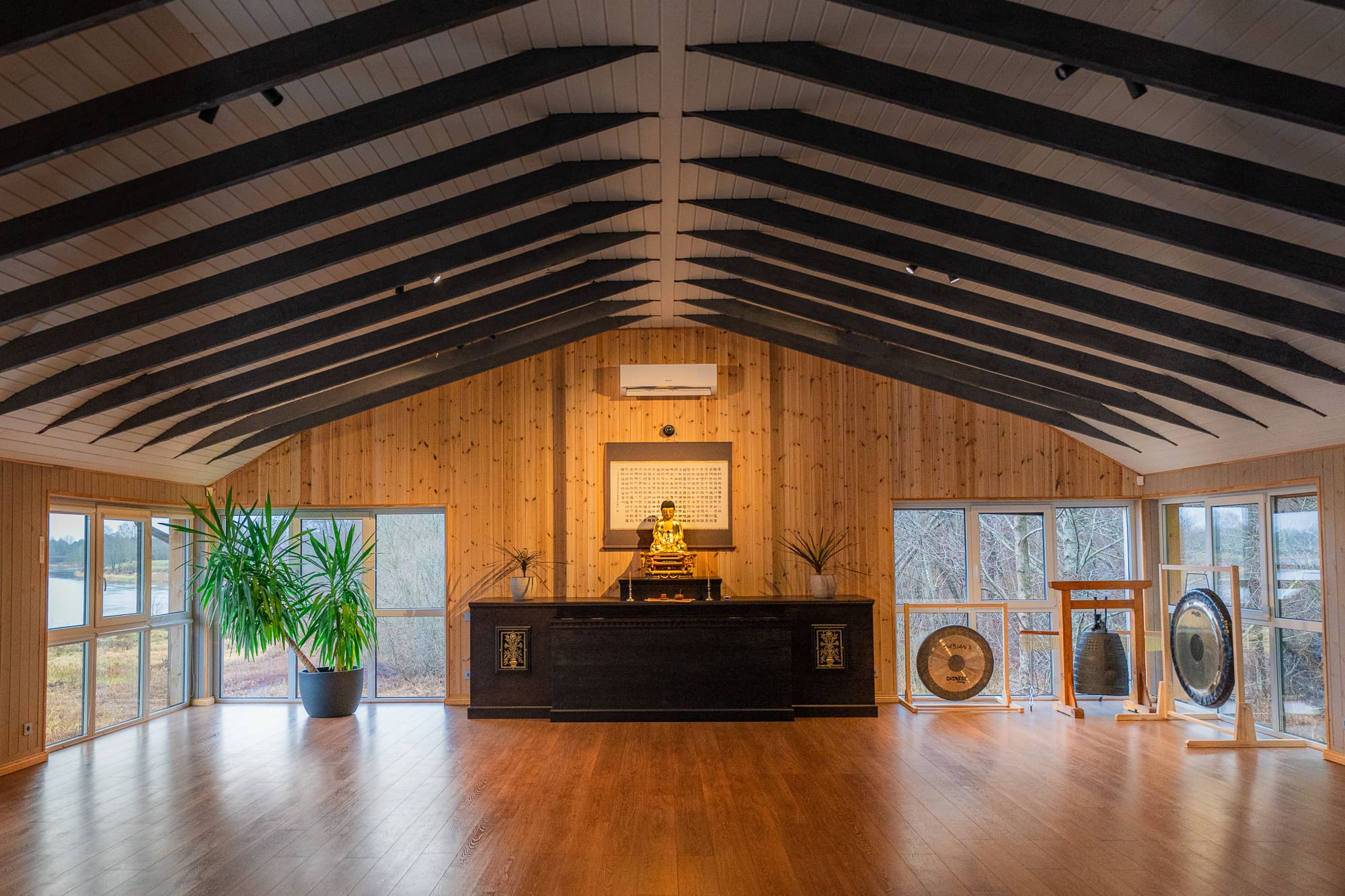With over 4,100 mountains and three national parks on the island (including three active volcanoes), Iceland has jaw-dropping panoramas and outdoor exploration.
You may have to travel off the beaten path (or wait until summer) to get there, but every one of these mountains is worth the trip.

Kirkjufell
Located on the north coast of the Snæfellsnes peninsula, Kirkjufell mountain has a distinct triangular shape that photographers find irresistible, especially during Northern Lights season.

Kerlingarfjöll
Kerlingarfjöll is home to the Hofsjökull glacier, which is the source of several of Iceland’s rivers. Plus it’s one of Iceland’s most popular geothermal areas and the best place to soak in natural hot springs near the hiking trails.

Thórsmörk
Thórsmörk, or Þórsmörk in Icelandic, is a nature reserve full of mountain ridges located in the southern part of Iceland, nestled between three glaciers. It’s a hiker’s paradise and trail’s end to the famous Laugavegar and Fimmvörðuháls treks. Book one of the volcano huts for a unique experience.

Vestrahorn Mountain
Vestrahorn, also known as the “Batman Mountain,” is a stunning peak located on the Stokksnes peninsula in east Iceland. Perhaps the most photographed mountain, it is renowned for its dramatic, jagged silhouette (including nearby Brunnhorn and Eystrahorn peaks) and its reflection in the nearby black sand beach. The challenge to get there is worth the view of these famous mountains.

Esjan (Mount Esja)
You won’t miss Mount Esja if you fly into the capital city. At almost 3000 feet, it boasts challenging climbs with breathtaking views. They’re the most beautiful mountains as the backdrop to Reykjavík.

Hornbjarg
The dramatic Hornbjarg cliff is tucked away in Iceland’s remote Hornstrandir Nature Reserve in the fjords of west Iceland. With stunning views of the North Atlantic Ocean in untouched wilderness, this is a nature lovers paradise on the edge of Iceland’s world.

Uxatindar
Surrounded by the Skaftá River and Laki craters, Uxatindar’s steep slopes and striking appearance stand out in the southern part of the Icelandic Highlands. It is a challenging climb for experienced hikers, offering unparalleled views of the surrounding area from its 2100 ft peak.

Hvannadalshnúkur
Hvannadalshnúkur (6923 ft.) is the highest peak in Iceland, located in the Öræfajökull volcano in the southeastern part of the country. It is a challenging climb for experienced mountaineers, offering a panoramic view of the surrounding glaciers and the Icelandic coastline on a clear day.

Bárðarbunga
Most notable for its 2014 volcanic eruption, Bárðarbunga (6562 ft) is the second-highest point located in the center of Iceland’s Vatnajökull National Park. It is closely monitored by Icelandic authorities due to its potential to cause significant volcanic activity and its impact on air traffic in the region.

Reynisfjall
Basalt columns, black sand beach, and stunning ocean views on Iceland’s south coast. Reynisfjall has it all. Born out of an eruption underneath a glacier, its coastal view is a popular tourist spot.

Snæfellsjökull
Far away in the western tip of the Snæfellsnes peninsula, Snæfellsjökull glacier peaks at 6,015 feet. Known for its role in Jules Verne’s “Journey to the Centre of the Earth,” it’s one of Iceland’s most beloved volcanos.

Landmannalauger
In the remote highlands, Landmannalauger’s colorful landscape hosts some of the island’s best natural hot springs and the popular Laugavegar trail.

Hofsjökull
Sitting at 5,790 feet, the Hofsjökull ice cap is Iceland’s third-largest glacier. At the center of the country, it is the source of water for several rivers in the country and attracts visitors interested in its vast beauty.

Herðubreið
Prominantly visible in north Iceland, Herðubreið’s distinct table mountain shape reaches an elevation of 5518 feet above sea level. This “broad-shouldered” beauty was voted the national mountain and is more affectionately called “The Queen of the Iceland’s Mountains.”

Eyjafjallajökull
Most famous for disrupting European air traffic with its last eruption in 2010, this stratovolcano is the source of the majestic Seljalandsfoss waterfall.

Eiríksjökull
A popular spot for hiking and climbing, this mountain is named after the famous Icelandic Viking, Erik the Red, who is believed to have discovered Greenland.

Hekla
Hekla frequent micro-climate clouds (giving it the name “the hooded one”), and its active volcano status doesn’t detour hikers and skiers from exploring the mountain’s iconic slopes.

Keilir
The inactive Keilir Mountain (named after its resemblance to a boat keel) can be seen from Reykjavík on the Reykjanes Peninsula has various hiking trails, with several leading to its summit and offering stunning views of the surrounding lava fields, mountains, and coastline.

Maelifell
East of the Mýrdalsjökull glacier, Maelifell’s striking green moss-covered slopes and unique cone shape are further set apart by the surrounding black sand desert made up of the deposits from the glacier’s outwash plain.

Lómagnúpur
Featured in Game of Thrones and Star Wars: Rogue One, this steep-sided natural wonder is full of dramatic appeal. It is home to one of the four protectors in folklore appearing on Iceland’s coat of arms.

Kverkfjöll
The best place for hiking and adventure (and beautiful scenery) is Kverkfjöll, the third-highest mountain at 6,332 ft. Located on the edge of the Vatnajökull glacier (check out nearby Tungnafellsjökull), the mountain range is also the most geothermal regions of Iceland. Among its natural wonders are hot springs, glaciers, ice caves, and mud pots.

Drangafjall
The Drangafjall ridge features Hraundrangi, the conical peak sitting at 3,527 feet above sea level. The rock divides the valleys of Öxnadalur and Hörgárdalur in northern Iceland.









